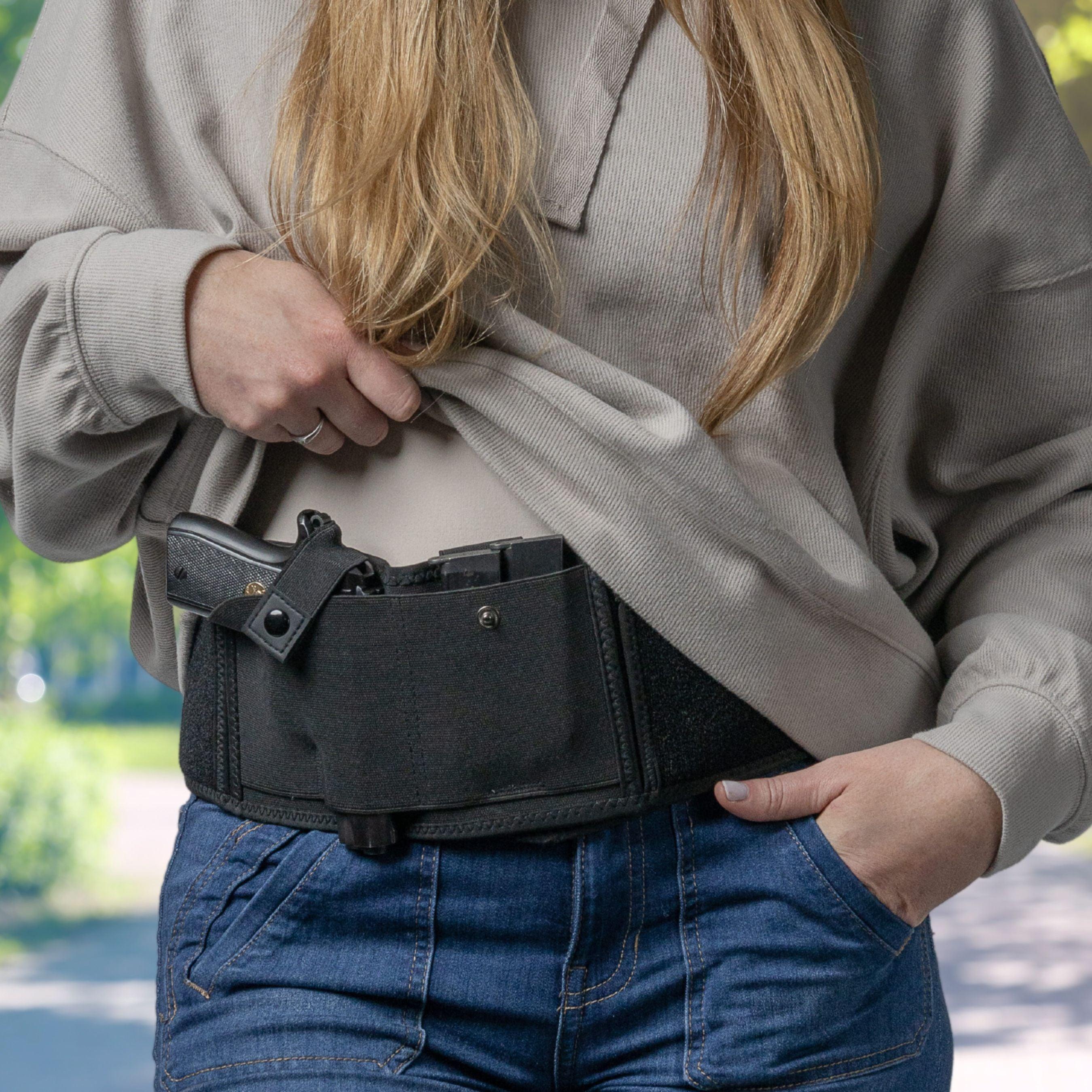When you carry a handgun for self-defense, the way you aim can be just as important as what you carry. While traditional iron sights are still the default on most pistols, many concealed carriers are now exploring red dot and laser sights as alternatives. These modern aiming systems offer unique advantages—but they also come with their own trade-offs. Whether you're new to concealed carry or considering an upgrade, understanding how each option performs in real-world scenarios can help you make the right choice.
Red Dot Sights: Modern Speed and Precision
Red dots have become increasingly common on concealed carry pistols, and for good reason. These miniature optics project a bright dot onto a small glass window, allowing you to aim by simply placing the dot over your target. Unlike iron sights, there’s no need to align front and rear posts—your focus stays on the threat, which feels more natural under stress.
Red dots allow for faster target acquisition, better visibility in low light, and easier aiming for shooters with aging or compromised vision. Many dots can be used with both eyes open, improving awareness of your surroundings. With proper training, shooters often see quicker draw-to-shot times and more accurate hits at distance.
However, red dots do come with a learning curve. If you're used to iron sights, finding the dot can be tricky at first—especially during a rushed draw. They also require batteries, and while many modern models boast long life spans, you’ll need to stay on top of maintenance. There’s also a cost factor, both for the optic itself and potentially modifying your slide or holster.
Laser Sights: Fast Aiming from Any Position
Laser sights work differently by projecting a visible dot directly onto the target. This means you can aim without even bringing the gun to eye level. In scenarios where your shooting position is compromised—say you're injured, behind cover, or firing from retention—a laser gives you an aiming reference when traditional sights can’t.
Lasers shine in low-light conditions, providing a clear and fast way to get rounds on target. For newer shooters, they offer an intuitive experience: just point and shoot. They’re also great training tools, making it easier to diagnose issues like trigger flinch or sight misalignment during dry fire.
That said, lasers have their downsides. In bright daylight, they can be hard to see, and most require manual activation—unless you’re using a grip-activated model. If you forget to turn the laser on or the battery dies, it’s useless. Some setups can also affect holster fit or slightly alter the gun’s profile. While lasers can be powerful aids, they require just as much training and attention as other sights to be truly effective.
Iron Sights: The Tried-and-True Workhorse
Iron sights have been the standard on handguns for generations. They’re durable, simple, and don’t rely on electronics. For many, they’re the foundation of good marksmanship, and they still work extremely well—especially at typical self-defense distances.
Because they’re always “on” and require no activation, iron sights are extremely dependable in high-stress moments. They don’t add bulk to your carry gun and typically work with any holster made for your pistol model. Best of all, they’re affordable—often costing much less to upgrade with night sights or high-visibility front posts.
But iron sights do have limitations. They require aligning two points with your eye, which can slow you down under pressure. In low light or for shooters with poor eyesight, they can be difficult to see. And if you can’t bring the gun to eye level—like in a close-quarters struggle—you may not be able to use them at all.
So, Which One Should You Choose?
There’s no one-size-fits-all answer. Each sighting system has its place depending on your needs, comfort level, and how much time you're willing to invest in training.
If you’re focused on speed and accuracy at varied distances, red dots can offer a clear edge—especially once you build the muscle memory to find the dot quickly. If you’re more concerned with low-light defense or unconventional shooting positions, a laser might be the right fit. If you value simplicity and reliability, iron sights are still more than capable, especially with modern enhancements like night sights.
Also consider your personal situation. Older eyes often benefit from the clarity of a red dot or laser. Newer shooters may gravitate toward lasers for their ease of use. If you carry a smaller gun and prioritize minimal bulk, iron sights may be the most practical. And if you’re already confident with your fundamentals, any system can work—so long as you train with it regularly.
Final Thoughts
The truth is, your sighting system is just one part of the equation. The most advanced optic won’t help if you haven’t practiced with it. The most basic iron sights can be deadly accurate in the hands of a trained shooter. What matters most is building skill, consistency, and confidence with the system you choose.
No matter what you decide, invest the time to train with your setup. Run dry fire drills. Practice activating your laser. Work on your draw with a red dot. Because in a real defensive situation, it’s not about the sight—it’s about how quickly and accurately you can stop a threat. Choose the gear that supports that goal, and put in the work to make it second nature.











Leave a comment
This site is protected by hCaptcha and the hCaptcha Privacy Policy and Terms of Service apply.